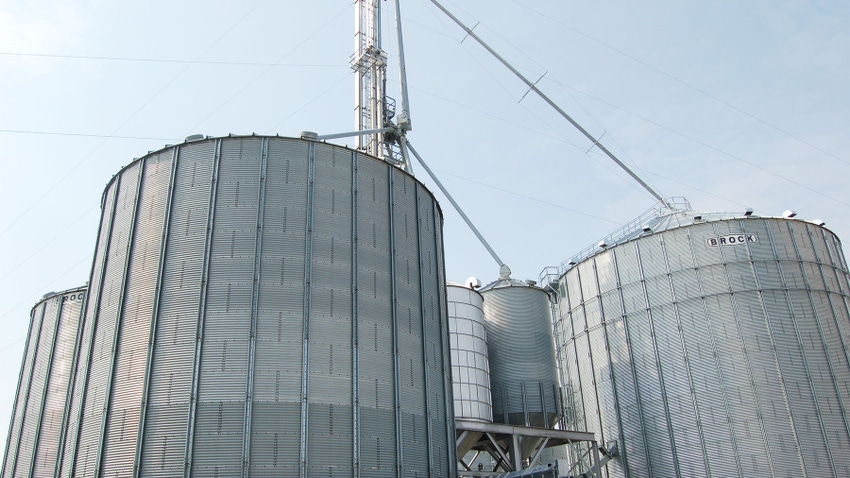January 16, 2024

We were short on storage space for corn and spent lots of time in elevator lines. Should we invest in more grain bins for on-farm storage?
Profit Planners panelists include David Erickson, farmer, Altona, Ill.; Mark Evans, Purdue Extension educator, Putnam County, Ind.; Jim Luzar, landowner and Purdue Extension educator, Clay and Owen counties, Ind.; and Steve Myers, farm manager with Busey Ag Resources, LeRoy, Ill.
Erickson: On-farm storage gives you more freedom, efficiency and potential marketing opportunities. But advantages come with the cost of purchase, maintenance and required labor for bins. Get quotes for purchasing and use that to calculate rate of return based on commercial storage costs. If that comparison is positive, consider purchasing more storage.
Evans: On-farm storage provides more marketing options and certainly helps at harvest when weather presents challenges. Wet fields were not the issue for most in fall 2023. For many, bumper crops resulted in more time needed to harvest. Drying capacity is another issue to consider so you are not bottlenecked despite having more grain storage. If you are likely to grow in acreage and can make finances work, it would seem like a good opportunity to add storage.
Also, is there storage that can be bought with local farm sales? Sometimes there are opportunities if someone retires and a farm is for sale. Or there may be an opportunity to rent ground with storage included.
Luzar: Start by taking inventory of how storage capacity compares to expected production levels for future years. Also, where your storage capacity is located may motivate storage consolidation if some farms have bins scattered across a wide geography.
The logistics of moving grain to buyers at harvest is becoming more complicated. Fewer buying outlets means longer lines and waits. Your favorite elevator can have a stoppage, and the traffic uptick can shut down your combine. Higher labor costs make the long wait even more expensive. Come up with a cost for this congestion for an average year, and add that to basis appreciation, which is the main benefit of bin space.
Evaluate basis tables for local area by using tools like Purdue Extension’s basis database. Even markets within hauling distance of end users saw basis widen this past fall. What can you typically capture in basis improvement by holding grain?
Only a farm business looking to shrink acreage, one that possesses access to additional trucking resources, or one with a narrow basis pattern might not generate an acceptable return on investment for adding storage. It should be a good year for bin sales!
Myers: The two topics are the inefficiencies of sitting in line compared to the capital expense of constructing and maintaining bins. It is difficult to quantify the time component. However, the question of bin construction from a financial standpoint can be addressed by a partial budget, which generates a dollar return.
Compare the positives of added returns from carry in the market or new markets and reduced costs for drying and elevator use plus time lost to the negatives of reduced returns and added costs for bin construction, taxes, drying and electricity. Do honest math to determine either dollars per year or a percent of ROI to make this decision.
You May Also Like




